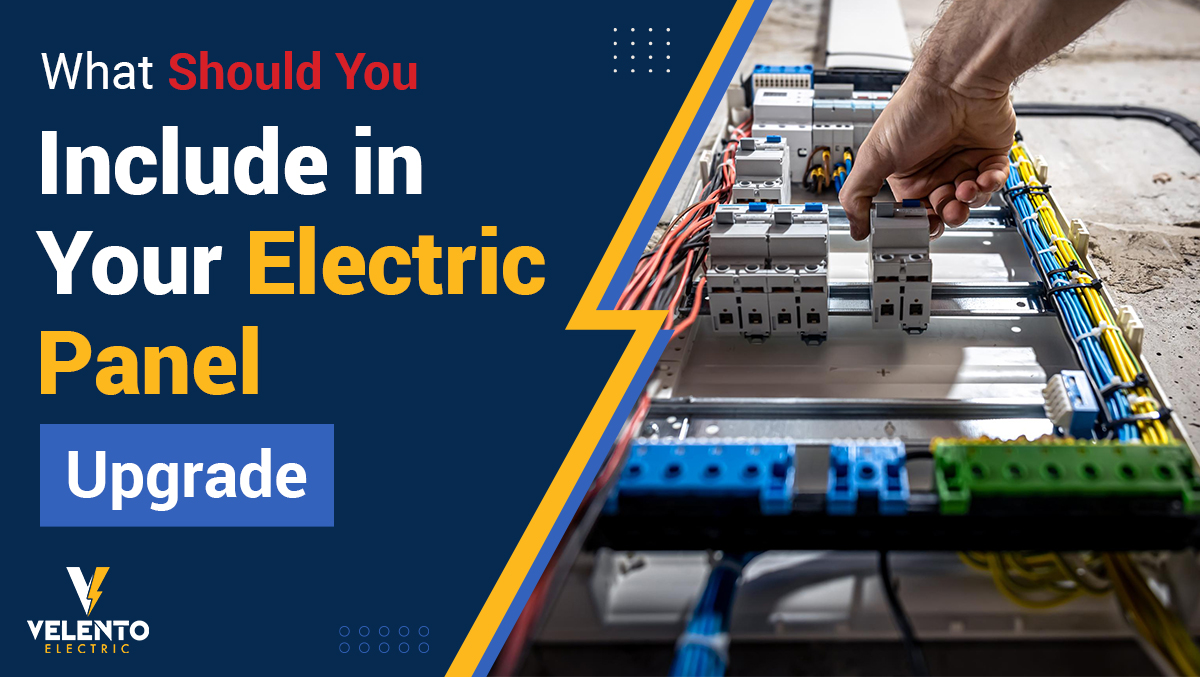We Are an Electrician Company In North Jersey
Our experienced team offers services for both residential and commercial properties.With over 25 years of experience in the industry, we boast all of the knowledge and expertise in repairing.
Our experienced team offers services for both residential and commercial properties.With over 25 years of experience in the industry, we boast all of the knowledge and expertise in repairing.
Working Hours : Monday to Friday (9am - 5pm)
When planning an electric panel upgrade, it’s essential to consider various factors to ensure the safety, functionality, and efficiency of your electrical system. Here are some key components to include in your electric panel upgrade:
By incorporating these considerations into your electric panel upgrade, you can enhance the resilience, sustainability, and efficiency of your electrical system and ensure long-term reliability and performance. Work collaboratively with your electrician, facility manager, or energy consultant to develop a comprehensive upgrade strategy that addresses your specific needs, goals, and priorities and delivers optimal outcomes for your facility or property.

